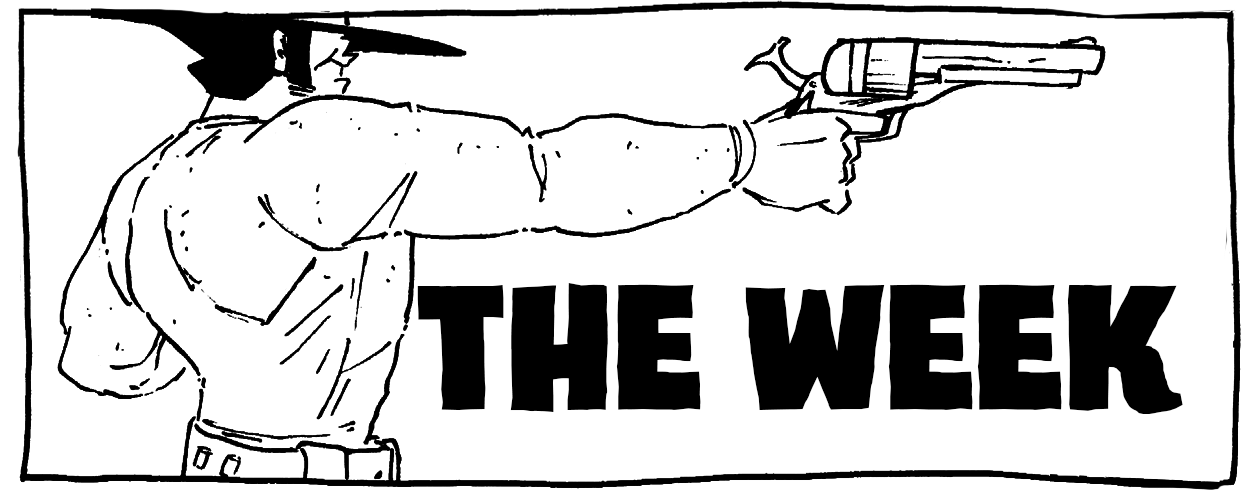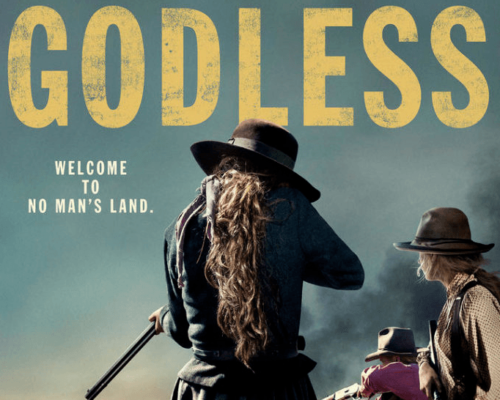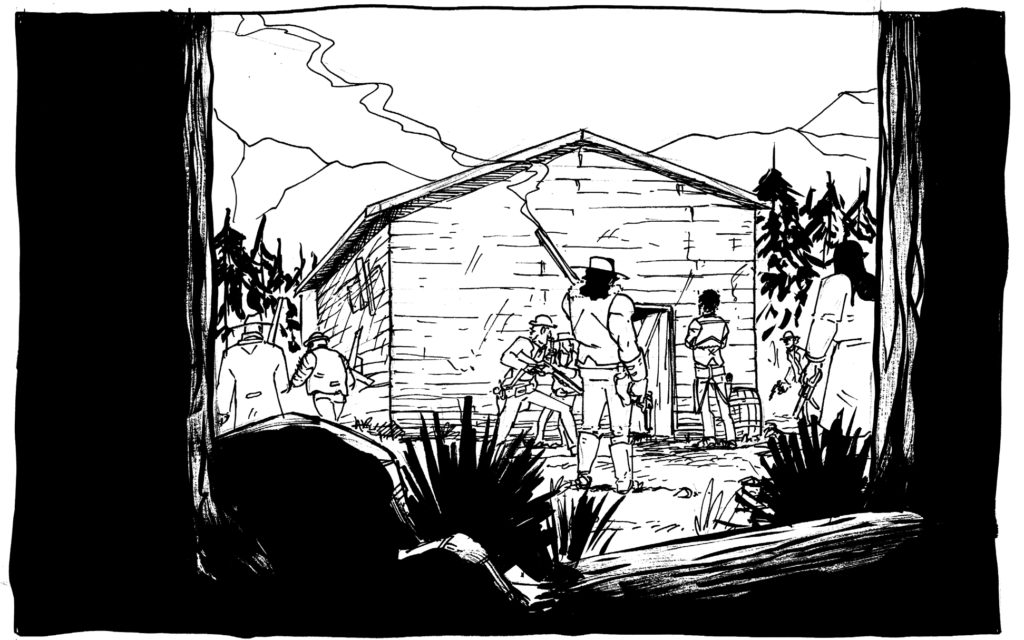The Week – 02 February 2018

Production on “Making Smoke” charges to a close, allowing for little time for other pursuits, but what other pursuits that are pursued are chronicled here as the first month of 2018 came to a close.
WATCHING

Source: Netflix
- Godless by Scott Frank via Netflix
Westerns occupy an interesting space in popular culture right now. When viewed from one angle, it is an all-but-dead genre that people quickly dismiss or yawn at. From another angle, it is a genre met with intense scrutiny because it desperately needs rejuvenation and, seemingly, every new entry needs to do something different, unique, and contextually progressive for the sake of survival. Godless arrived with the latter expectation as many early reviews and coverage talked about its more feminist approach with regards to its focus on the town of La Belle––a town populated completely by women after all the men were lost in a mining accident. Piqued by this, and because I’m interested in westerns that do different things or, at the very least, ones that have unique premises, I dove into Godless with curiosity.
Created, written, and directed by Scott Frank––a screenwriter familiar to most people for having written scripts for popular movies such as Get Shorty, Out of Sight, and more grounded superhero fare like The Wolverine and Logan––Godless comes across as a passion project with few restrictions placed upon the creator who came to the project with a lot of clout. It is a multi-faceted story, to say the least, with a lot of quite interesting threads and characters peppered throughout, not the least of which being the previously mentioned town of La Belle. And, I will admit, it’s in La Belle where the show is most interesting because––message and whatnot aside––it is here where the story is most unique and where the writer-side of Scott Frank really shines. We get nuanced characters that we don’t really see in a western reacting to a setting and time frame that we’ve seen so many other types of characters react to. However, instead of focusing on the town, the town is a mere part of the story––almost a side story––along with much more traditional––and personally rather boring––storylines. In fact, it seems like the show wants to play it safe and couches the new and interesting stuff behind a cartoonish bad guy (played by great actor but horribly miscast Jeff Daniels) and a by-the-numbers anti-hero hero (played by somebody) that it nearly buries what could make this show a true classic to stand among the rest, along with entries like High Noon, True Grit, The Searchers, and Unforgiven. As with any genre, it’s the attempts at breaking molds that make the genre rise to the top of public attention, and Godless has a lot going in that arena; it just feels like it didn’t trust its own possibility to the point of overcorrecting and becoming simply another western in the process.
Despite that, it’s overall a very well-made show, but there is a pervasive ache as it seems to know how good it could have been in the face of how good it already is.
LONG JOHN UPDATE
As mentioned at the top, the drawing of the book is nearly done (as of this writing, only two pages are left to draw). This week, I hit an art snag. It wasn’t a snag snag like I had with the two-page spread. It was a case of having inked a page and, only then, accepting that one of the panels was not a good drawing. While I’ll talk more about that at a later date, it brings to mind a situation where I had actually avoided such a problem earlier in the chapter, when I couldn’t really figure out how to approach a panel. I’ve learned that when that happens, my first instinct is to lean into clarity and forsake all else. However, before I started inking, I couldn’t accept the bare-bones approach I had laid out. It was the start to an important scene and it needed to be more than clear. It needed to be dramatic as well.
A trick I have slowly learned over the course of this chapter can be summarized in an axiom: “When in doubt, add depth.” I’m not the most daring nor creative artist out there. I tend to over simplify and focus on character rather than the scene as a whole. Part of the reason this chapter has taken so long is that I’ve tried to retrain my sensibilities; to step back and say, “What can I do to make this look better?” Often, I found that if I added in background or, more often, foreground, the entire scene explodes into life. So, when “Making Smoke” arrives, keep an eye out for that lean into depth that I so desperately struggled to incorporate, against all of my innate and hackneyed tendencies.
Until next week, that was The Week.


Discussion ¬